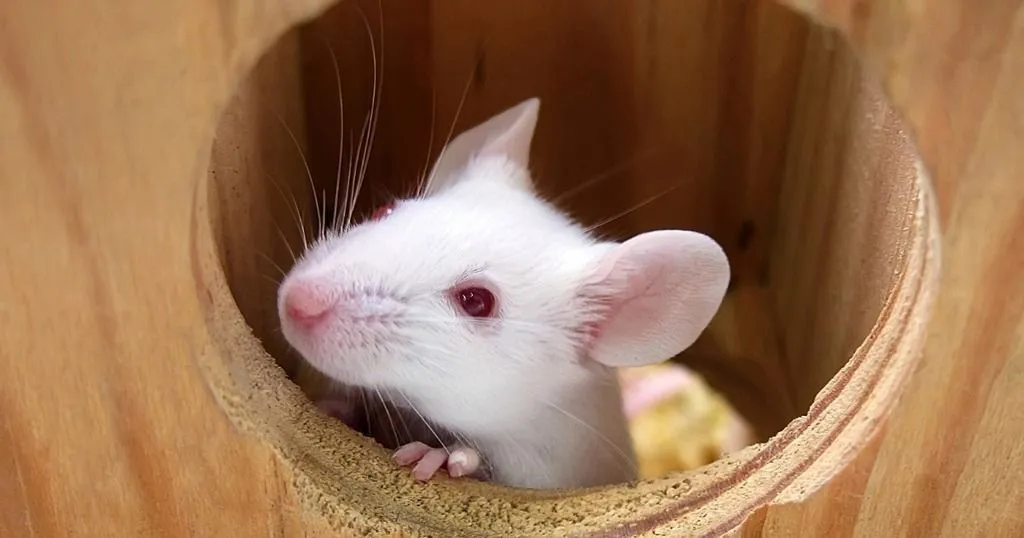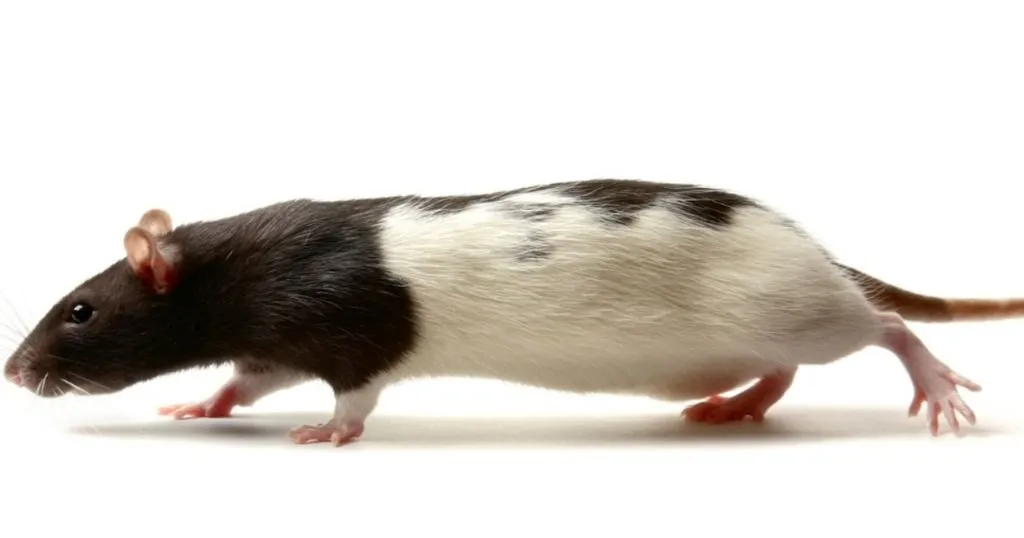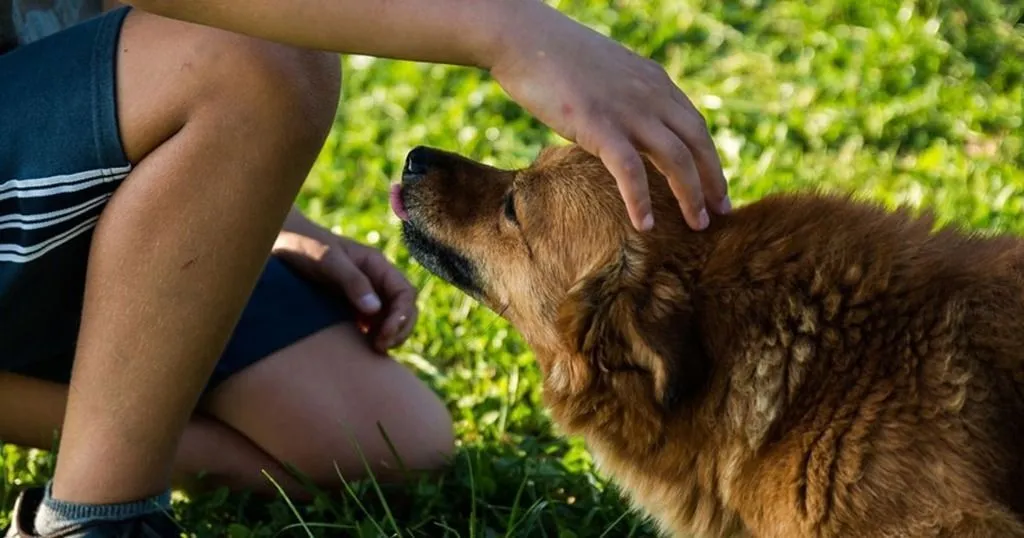A high-throughput method to screen natural behavior of mice

Traditional standard tests with rats or mice are carried out immediately after human interference. Therefore, the behavior of the animals may not be natural and spontaneous.
Posted by
Published on
Thu 13 Nov. 2014
Topics
| EthoVision XT | Home Cage | Mice | PhenoTyper | Video Tracking |
Standard behavioral tests
Traditional standard tests with rats or mice to study human diseases or to test drugs generally take minutes to a few hours. A combination of these tests can give valuable information about the behavior of the rodents. However, these tests are carried out immediately after human interference. Therefore, the behavior of the animals may not be natural and spontaneous. To study spontaneous behavior, long-term studies in the rodents’ home cage are more suitable[1].
Long-term behavioral observation
The PhenoTyper home cage observation unit is a cage with a top-view camera. The rodent behavior is analyzed with EthoVision XT video tracking software. Rats or mice can be followed over a long time period without the necessity to carry out labor-intensive experiments. This makes it possible to study the natural behavior of rats and mice in their home environment. Furthermore, it gives a wealth of behavioral data, with hardly any human effort. But which of these data are suitable to analyze treatment effects, or genetic differences?
Screening mouse strains
Maarten Loos and colleagues[2] screened a large number of mouse strains in the PhenoTyper home cage. The cage contained a feeding area, a drinking bottle, and a shelter. The authors carried out extensive statistical analyses on the vast dataset, to find behaviors that can be used to phenotype the mice. And they came up with some spontaneous behaviors that can automatically be determined and analyzed.
Movement and shelter visits
The walking pattern of the mice could be divided into short movements when the mice were rearing or turning, and long movements when they were walking. Similarly, the mice either spent a short time in the shelter when they were passing through, or a very long time when they were sleeping. The distribution of short and long movements, and short and long shelter visits, differed largely between mice strains. So movement duration and time spent in the shelter can be used to characterize mice strains.
Great possibilities for high-throughput screening
The authors conclude that movement duration and time spent in the shelter can be used to test genetically knockout rodents and behavioral effects of drugs. This spontaneous rodent behavior can only be assessed in long-term behavioral studies. This may give the impression that such studies require intensive labor. But the opposite is true, the behavioral observations are automated with video tracking software and are therefore labor extensive. This offers great possibilities to use such a setup for high-throughput screening.
Reference
- Tecott, L. H., & Nestler, E. J. (2004). Neurobehavioral assessment in the information age. Nature neuroscience, 7(5), 462-466.
- Loos, M., Koopmans, B., Aarts, E., Maroteaux, G., van der Sluis, S., Verhage, M., ... & Neuro-BSIK Mouse Phenomics Consortium. (2014). Sheltering Behavior and Locomotor Activity in 11 Genetically Diverse Common Inbred Mouse Strains Using Home-Cage Monitoring. PloS one, 9(9), e108563.
Related Posts

(Un)social rats: the role of dopamine and the amygdala in social adversity

How wild cavies and domesticated guinea pigs differ

